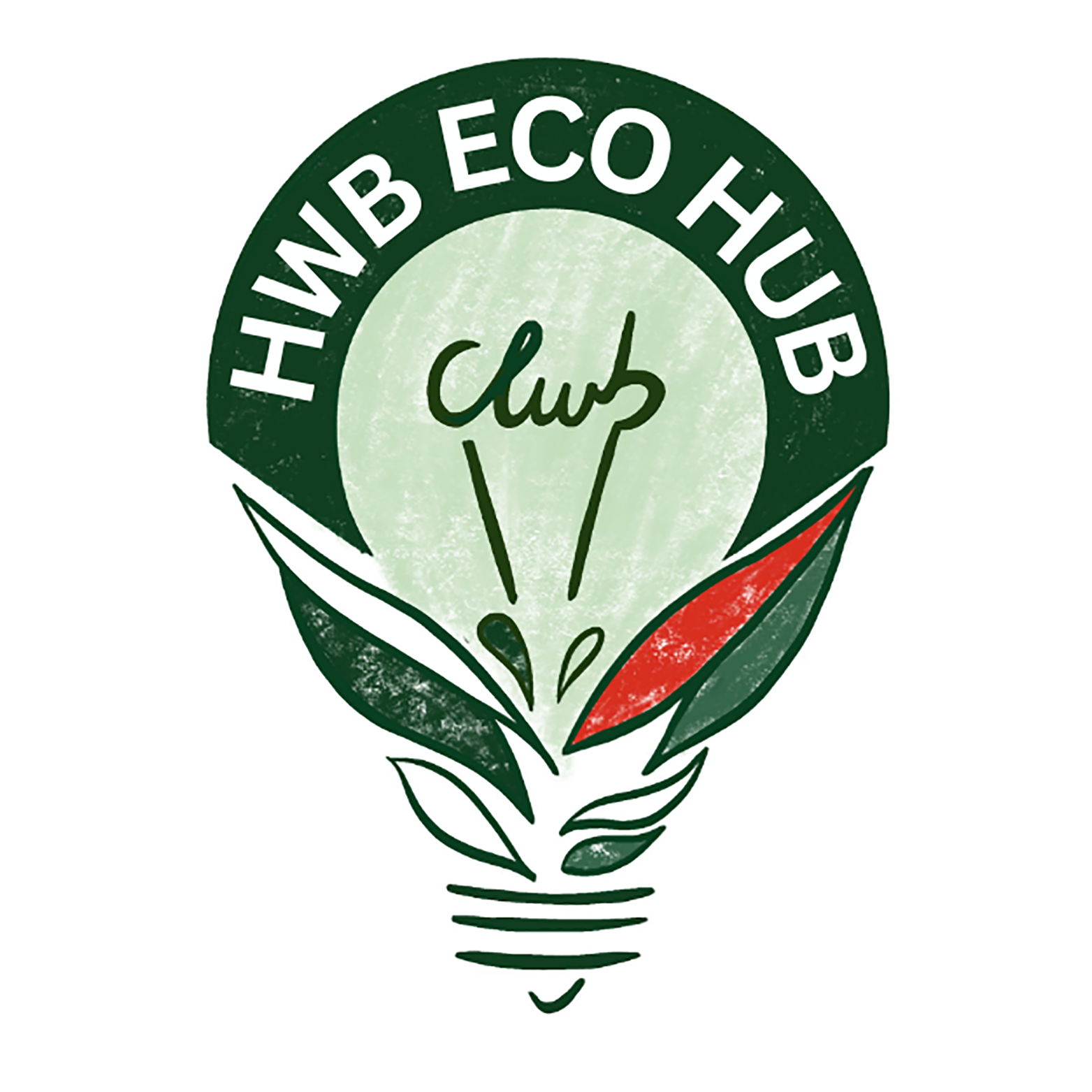
I’m really looking forward to the wonderful opportunity to sell some of my alternative photography prints at Eco Hub Aber from the 1st August – 17th August. I will be in the space on Tuesdays, Wednesdays and Saturdays from 11am-4pm.
I am a maker (as well as freelance writer and editor focusing on nature and the arts) based in Aberystwyth, whose artistic practice is focused on alternative photography and fibre art. I am very much interested in exploring nature’s seasonal processes and depicting them through these media. I’m particularly interested in what folk craft traditions can teach us about honouring the landscape and living cyclically with nature, as well as how these traditions give us so much to learn about sustainability when it comes to textiles.
The work I will be showcasing and selling at Eco Hub Aber are predominantly cyanotypes and phytograms I created last summer. Both are camera-less alternative photography techniques that rely on the sun’s UV rays to develop an image. They’re also sustainable methods: the iron salts used for cyanotypes have a low toxicity, while phytograms can be developed with salt water as opposed to traditional fixer.
The cyanotype process was created in the 1840s by Sir John Herschel, making them one of the earliest forms of photography. Only a year later, perhaps the most well-known maker of cyanotypes, botanist Anna Atkins, started using cyanotypes (as an alternative to illustration) to more accurately depict plants. It was after seeing Atkins’ work that I started to make cyanotypes myself. Creating the cyanotype prints I will be showcasing involved coating paper with an iron salt solution which, after being exposed to the sun’s UV rays, develops into a beautiful shade of blue. Conventionally, Prussian blue is often achieved, but I have enjoyed experimenting with both layering the iron salt solution (which creates darker shades) and doing only one or two layers to create lighter prints. As you can see, the pressed flowers I placed on the coated paper before developing have stayed mostly white, with translucent areas where the light was able penetrate taking on light shades of blue.
The cyanotype prints I will be bringing to the Eco Hub include depictions of a snowdrop, borage, love-in-a-mist, coltsfoot and grasses. I am happy to take cyanotype commissions, too, if there is a plant that is special to you or a loved one, although the plant would need to be seasonally available.
I will also be selling prints of a couple of phytograms I have made. For this technique, I used black and white photographic paper which I exposed to the sun after placing plant materials that had been soaked in soda crystals and vitamin C on top. This soaking means that the plant material’s internal chemistry reacts with the photographic paper when exposed to light. I’m really looking forward to exploring this technique more!
I’m also excited to share more soon about Imprints of Nature, a project I am carrying out with the help of Eco Hub Aber, who are my supporting organisation for this Grow Wild Youth Project. Grow Wild is the national outreach programme of the Royal Botanic Gardens, Kew, which focuses on celebrating native plants and fungi. I am very grateful for the help of Grow Wild and Cath and Kate for the opportunity to develop some of the ideas I’ve mentioned above. The project has involved, and will involve more of, delivering workshops in collaboration with Eco Hub Aber.
Upcoming workshops are:
19th August: Natural dyeing: Plant fibres and eco-printing (fully booked)
31st August: Recycled frame loom weaving (fully booked)
13th October, after the Repair Café: Basic weaving techniques and visible mending (a few spaces still available)

